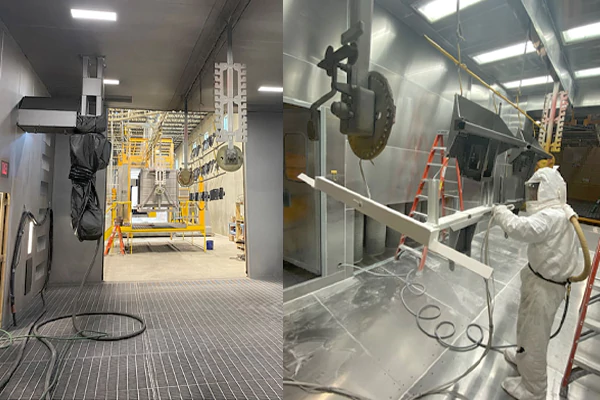Navigating the world of hydraulic fittings can be complex, with numerous standards and designs. Among the most common are JIC (Joint Industries Council) and BSP (British Standard Pipe) fittings, often encountered in industrial and fluid power applications. While both serve to connect fluid lines, they possess fundamental differences in their design, sealing mechanisms, and regional prevalence.
This blog post will delve into a comprehensive comparison of BSP and JIC fittings, highlighting their unique characteristics. Understanding these distinctions is crucial for proper system design, ensuring leak-free connections, optimal performance, and preventing costly errors in maintenance and repair.
What are BSP Fittings?
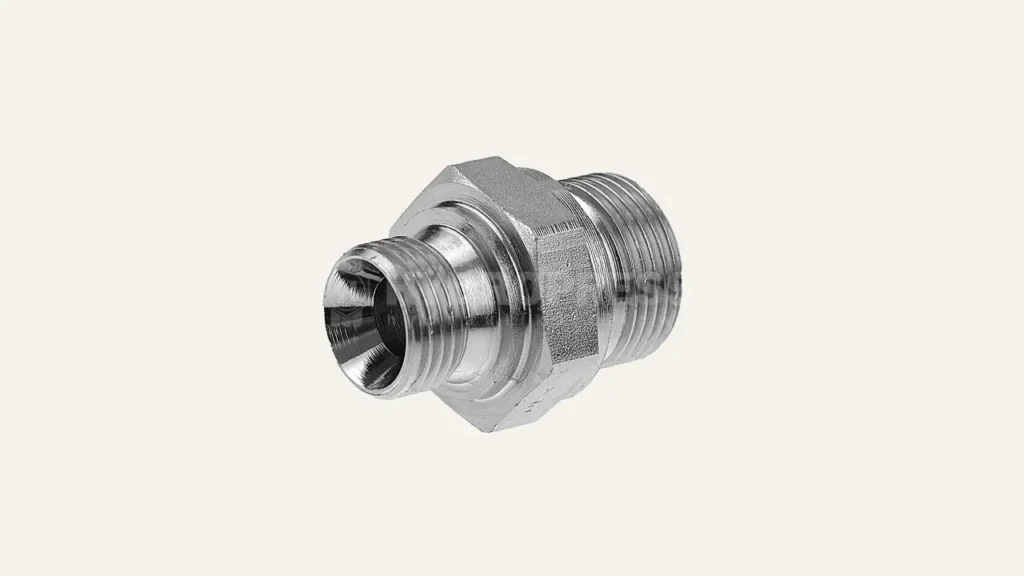
BSP stands for British Standard Pipe, and it’s a widely adopted set of technical standards for screw threads used to interconnect and seal pipes and fittings. Predominantly used outside of North America (where NPT is common), BSP fittings come in two main types: BSPP (British Standard Pipe Parallel), which have straight, consistent diameter threads and rely on a gasket or O-ring for sealing, and BSPT (British Standard Pipe Taper), which have tapered threads that create a seal by compressing against each other as they are tightened.
Both types typically feature a 55-degree thread angle and are crucial for ensuring leak-free connections in plumbing and industrial piping systems.
What are JIC Fittings?
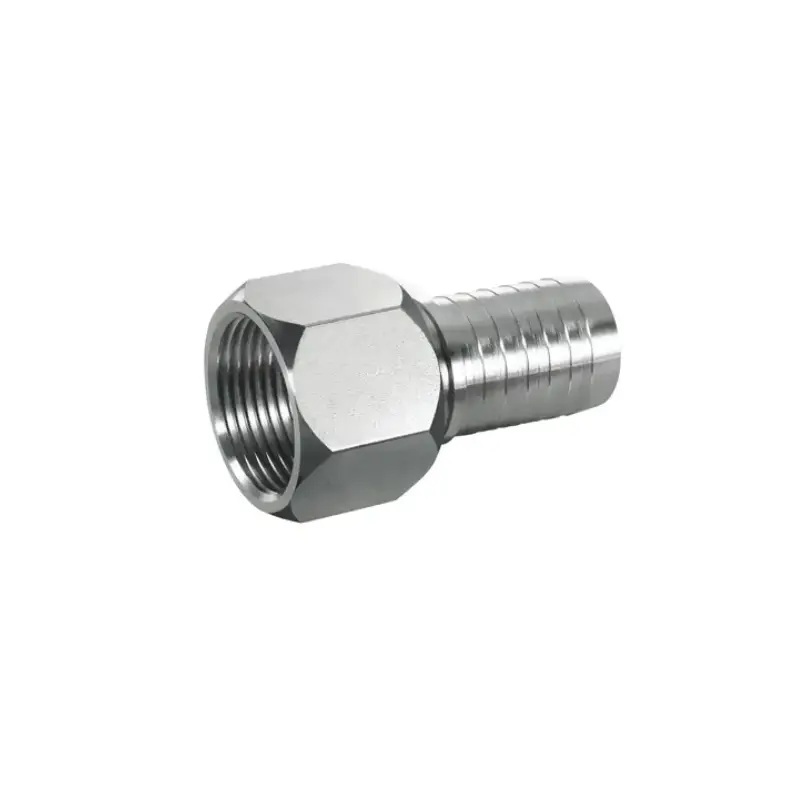
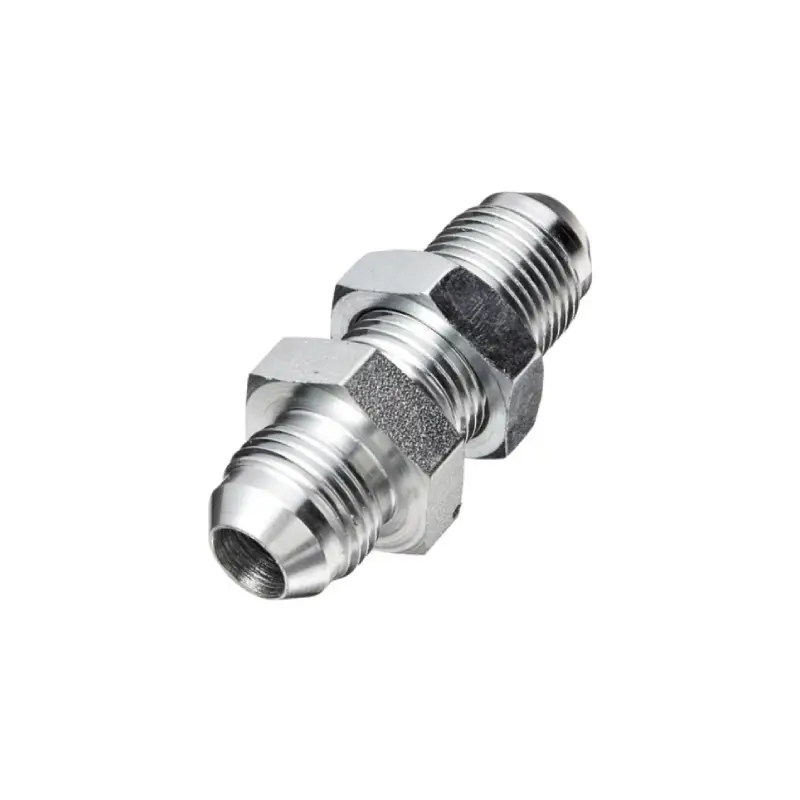
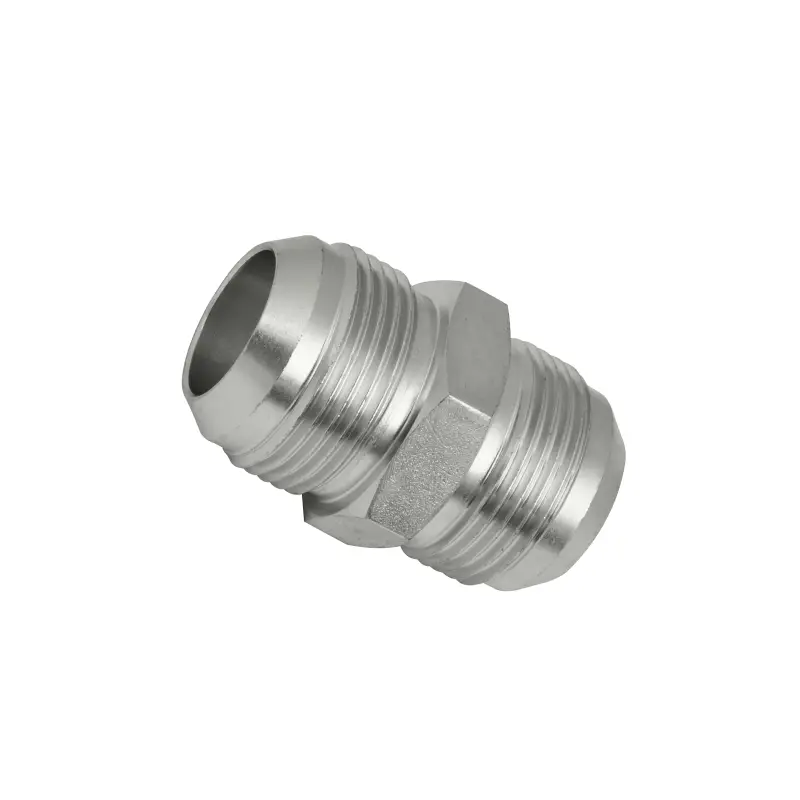
JIC (Joint Industry Council) fittings are a type of hydraulic fitting commonly used in North America and other regions, defined by the SAE J514 standard. They are characterized by a 37-degree flare seating surface, which creates a metal-to-metal seal when the male and female components are tightened together.
This design makes them highly effective for creating leak-free connections in fluid power systems, especially in high-pressure applications within industries like agriculture, construction, and automotive. JIC fittings typically consist of three main parts: the fitting body, a flare nut, and a sleeve that supports the tubing, ensuring a robust and reliable connection.
BSP vs JIC Fittings
Understanding the differences between BSP and JIC fittings is crucial for proper hydraulic system design and maintenance. While both are widely used, their unique characteristics dictate specific applications and compatibility. This guide explores the difference between JIC and BSP fittings:
Sealing Mechanism and Flare Angle
BSP (British Standard Pipe) fittings primarily rely on either a parallel thread (BSPP) that seals with a crush washer or O-ring, or a tapered thread (BSPT) that creates a seal by metal-to-metal compression of the threads themselves. Both BSP types feature a 55-degree thread angle, which is a defining characteristic of the Whitworth thread form.
JIC (Joint Industries Council) fittings, conversely, utilize a distinctive 37-degree flare angle. The seal is achieved through a metal-to-metal contact between the flared end of the tubing or male fitting and the coned seat of the female fitting. This method provides a robust and reliable seal, particularly suited for high-pressure fluid transfer.
Thread Type and Standards
BSP fittings adhere to British Standard Pipe thread specifications, which include both parallel (BSPP, denoted by ‘G’) and tapered (BSPT, denoted by ‘R’) thread forms. These standards are widely recognized and used across Europe, Asia, Australia, and many Commonwealth countries, defined by ISO 228 (for BSPP) and ISO 7 (for BSPT).
JIC fittings are governed by SAE J514 and ISO 8434-2 standards. They typically feature Unified National Fine (UNF) straight threads. This standardization ensures consistency and interchangeability among JIC fittings from various manufacturers, making them a common choice in North American industrial and hydraulic applications.
Applications
BSP fittings are versatile and found in a broad range of applications, including general plumbing, water supply systems, gas lines, and various industrial fluid transfer systems, especially in regions where British standards are prevalent. Their adaptability makes them a staple in many static and low-to-medium pressure installations.
JIC fittings are extensively used in high-pressure hydraulic and pneumatic systems. Their robust metal-to-metal seal makes them ideal for demanding environments found in agriculture, construction equipment, heavy machinery, and automotive industries. They are also employed in certain aerospace applications where high reliability is paramount.
Tolerances and Precision
BSP fittings are manufactured to provide reliable seals for their intended applications. While effective, the tolerances are generally less stringent compared to some high-precision aerospace standards. The sealing method (washer for parallel, thread deformation for tapered) dictates the required precision for a leak-free connection.
JIC fittings are produced with Class 2A/2B thread tolerances, which provide a good balance between manufacturing efficiency and reliable performance. While precise enough for most industrial hydraulic systems, they are not as tightly toleranced as AN (Army-Navy) fittings, which are designed for extreme military and aerospace specifications.
Interchangeability
BSP and JIC fittings are not interchangeable. Their fundamental differences in thread form (55-degree Whitworth vs. 37-degree flare with UNF threads) and sealing mechanisms mean that attempting to connect them will result in an improper fit, leading to leaks, potential damage to the fittings, and system failure.
It is crucial to correctly identify and use the appropriate fitting type for any given application. Mixing these standards, even if they appear to thread together, will compromise the integrity and safety of the fluid system, leading to unreliable performance and potential hazards.
| Aspect | BSP Fittings | JIC Fittings |
| Sealing Mechanism | Parallel (washer/O-ring) or Tapered (thread seal) | 37-degree metal-to-metal flare seal |
| Thread Angle | 55-degree Whitworth | 37-degree flare |
| Thread Type | BSPP (G) – Parallel; BSPT (R) – Tapered | UNF (Unified National Fine) Straight Threads |
| Primary Standards | ISO 228 (BSPP), ISO 7 (BSPT) | SAE J514, ISO 8434-2 |
| Typical Applications | General plumbing, industrial fluid transfer (Europe) | High-pressure hydraulics, construction, agriculture (N. America) |
The core distinction between BSP and JIC fittings lies in their thread type and sealing method. BSP fittings use parallel or tapered threads that typically seal via a metal-to-metal contact or a bonded seal washer, while JIC fittings employ a 37-degree flare for a metal-to-metal seal. These differences mean they are not interchangeable and mixing them can lead to leaks and system failures due to incompatible sealing surfaces and thread forms.
Understanding these distinctions is crucial for proper hydraulic system assembly and maintenance. Incorrectly matched fittings can compromise integrity, leading to downtime and safety hazards. For reliable connections, always match fitting types precisely to their intended counterparts.
For a wide range of quality wholesale hydraulic fittings, consider Kingdaflex. They offer diverse options to meet your specific industrial needs, ensuring robust and leak-free hydraulic connections.
BSP to JIC Fittings
You cannot directly connect BSP (British Standard Pipe) fittings to JIC (Joint Industries Council) fittings, because they have fundamental differences in their thread forms, thread angles, and sealing methods.
BSP threads, whether parallel (BSPP) or tapered (BSPT), feature a 55-degree flank angle, while JIC fittings utilize a 37-degree flare angle with straight UNF (Unified National Fine) threads. Attempting to force these incompatible fittings together will not create a reliable seal and will likely result in leaks, damage to the threads, and potential system failure, especially under pressure.
To properly connect components with BSP and JIC ports, you must use a specialized conversion adapter. These adapters are specifically designed with one end matching BSP specifications (either BSPP or BSPT) and the other end matching JIC specifications, allowing for a safe and effective transition between the two standards.
Such adapters are readily available from hydraulic fitting suppliers and are essential for maintaining the integrity and safety of hydraulic systems when working with equipment that uses different fitting standards.
BSPP to JIC Fittings
Connecting a BSPP (British Standard Pipe Parallel) fitting to a JIC (Joint Industries Council) fitting requires a specific adapter because their designs are fundamentally incompatible. BSPP fittings have parallel threads with a 55-degree flank angle and seal using a crush washer or O-ring, while JIC fittings feature straight UNF (Unified National Fine) threads and seal via a 37-degree metal-to-metal flare.
Due to these differing thread forms, angles, and sealing mechanisms, a direct connection will not provide a leak-free seal and can damage both fittings. Therefore, you must use a specialized adapter designed to convert from a BSPP male or female connection to a JIC male or female connection to ensure a safe and reliable fluid transfer system.
Conclusion
The core distinction between BSP and JIC fittings lies in their thread type and sealing method. BSP (British Standard Pipe) fittings use parallel or tapered threads that typically seal via a metal-to-metal contact or a bonded seal washer, while JIC (Joint Industries Council) fittings employ a 37-degree flare for a metal-to-metal seal. These differences mean they are not interchangeable and mixing them can lead to leaks and system failures due to incompatible sealing surfaces and thread forms.
Understanding these distinctions is crucial for proper hydraulic system assembly and maintenance. Incorrectly matched fittings can compromise integrity, leading to downtime and safety hazards. For reliable connections, always match fitting types precisely to their intended counterparts.
For a wide range of quality hydraulic fittings, consider Kingdaflex. They offer diverse options to meet your specific industrial needs, ensuring robust and leak-free hydraulic connections.


